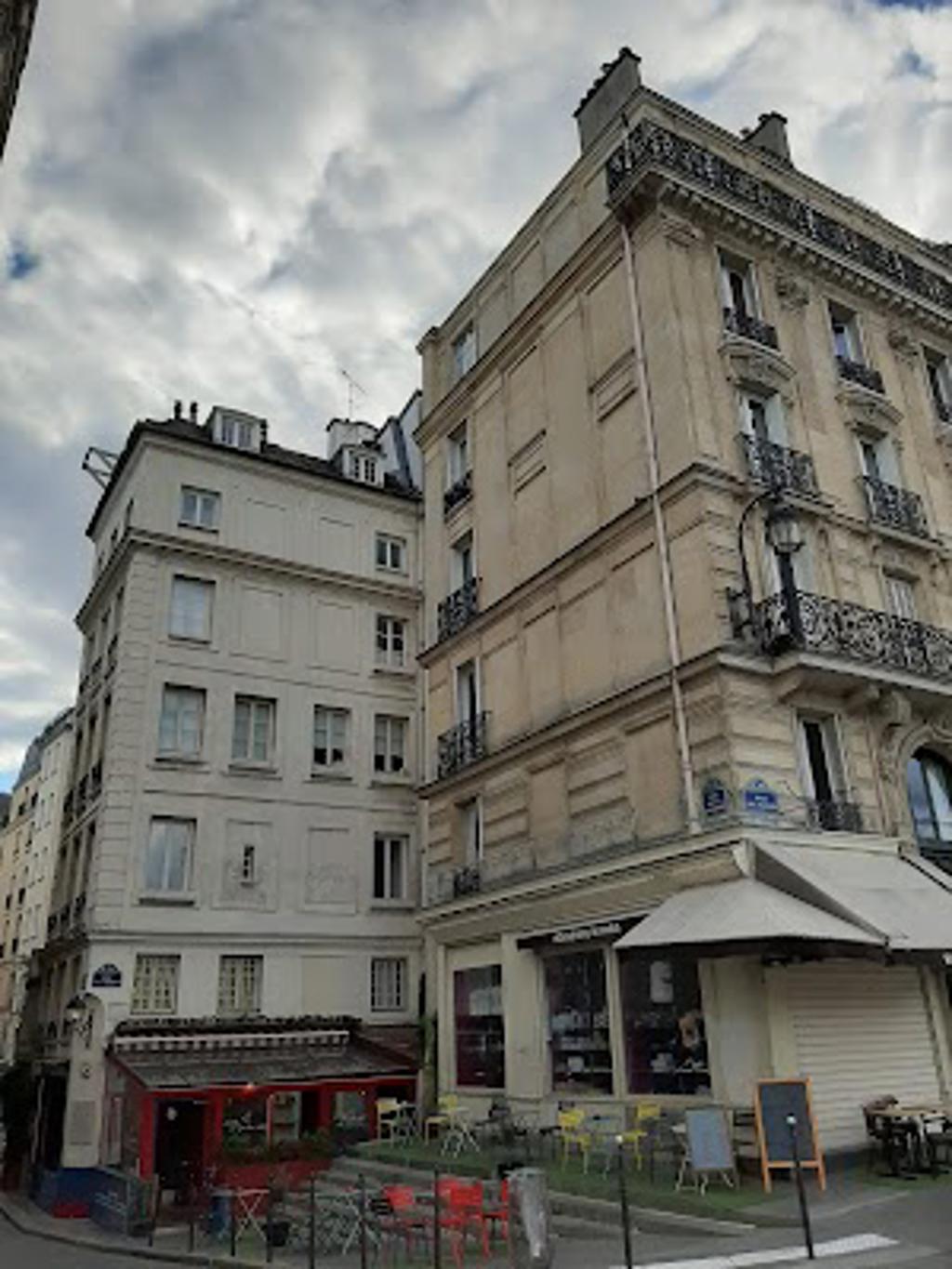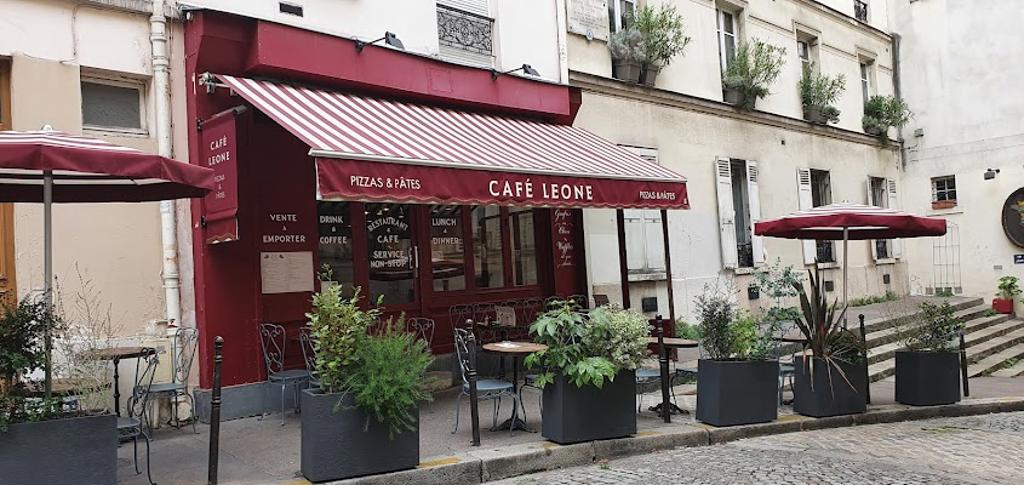About Enceinte Gallo-Romaine de la Cité
Plan your perfect trip to Paris with Travo! Download now and start exploring.




Map loading...
Location
Rue de la Colombe, 75004, Paris
Experience one of Paris's most captivating destinations
Plan your perfect trip to Paris with Travo! Download now and start exploring.




Map loading...
Rue de la Colombe, 75004, Paris